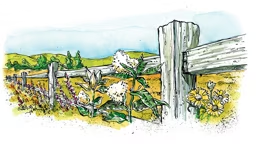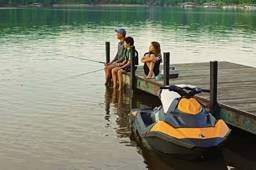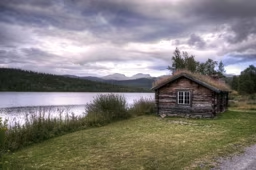Q: We have a cabin in Big Bear, Calif. The home was built in 1946, and we are in the process of installing hardwood flooring. Do you have any suggestions with regard to using pine? – C.D. Wisch, via e-mail
A: Pine is technically a softwood and less able to take a beating than oak or maple. You can expect pine to scratch, dent and show stains more than the true hardwood floors. However, these often unavoidable mishaps can add character and natural nuances to your floor. Pine is affordable and has a warm, rustic look that is perfect for cabins. And it can be finished in a variety of colors to suit your taste.
Also using older reclaimed wood such as Douglas fir can provide a more resilient floor while evoking the warmth of pine.
When choosing the wood, keep in mind that the wood from the center – or heart – of the tree is harder and darker than the outer wood. Pine is measured for its heart percentage and graded for “clear” or “knot” texture.
If you are installing it yourself, be mindful of the wood’s softness as you work with it; sanding pine boards needs to be done with care. Some grades of pine require little or no sanding. While pine floors can be easily stained, many people prefer a simple oil finish for an earthy look that will naturally mellow as it ages.
After your pine floor is finished to your wishes, you can undertake a few simple care practices that will help keep your floor in good shape:
- Sweep frequently, for grit and pebbles can scratch if dragged across the floor.
- Put non-rubber-backed mats near entrances. (Rubber-backed mats can leave a residue; natural fibers are a more wood-friendly backing.)
- Use throw rugs in high-traffic areas.
- Don’t let water stand on floors for any length of time and use a cleaner designed for wood floors.
- Kick off high heels before walking across pine.
- Try to limit direct sunshine on your floors as the light can cause the wood to fade over time.
- And don’t wax wood floors, or they’ll get very slippery – especially if you walk around in stocking feet.







